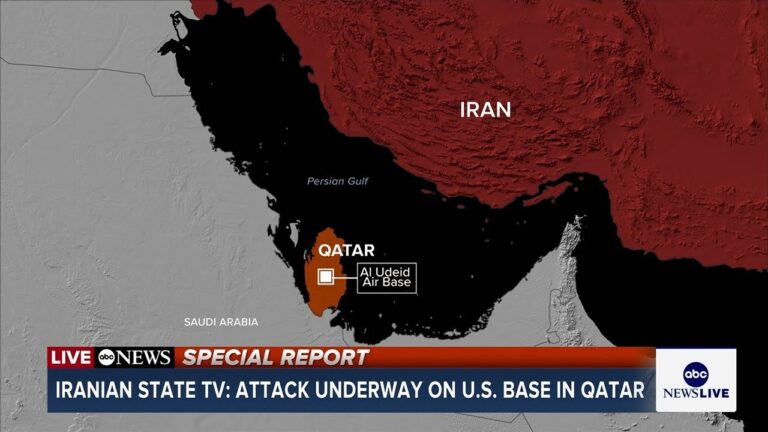Video at the bottom!
A command and control facility plays a crucial role in managing military missions, as demonstrated in a recent report detailing the operations involving drone aircraft monitored from a large control room. This facility has been speculated as the potential orchestrator of attacks against Iran. The urgency is palpable as President Trump and the National Security Council prepare to discuss these credible threats, with a defense official highlighting Iran’s unusual behavior indicative of genuine concern.
Multiple threats and warnings have emerged from Iran regarding potential retaliation following recent U.S. strikes on its nuclear facilities. The Iranian President has reiterated such threats, though he does not hold significant decision-making power in normal conditions, especially given the extraordinary circumstances. The U.S. response strategy, articulated by President Trump and Defense Secretary Hegseth, emphasizes a rapid and powerful reaction should Iran retaliate. Past incidents, such as the assassination of Iranian General Qassem Soleimani, are cited as a precedent, where Iran did retaliate but with calculated restraint.
The report details the complex dynamics of military responses and their implications. With air spaces closed and rocket fire reported, there was active engagement of defensive capabilities, including sophisticated air defense systems. Reports emerged of explosions heard in Doha, indicating how quickly the situation escalated, leaving many observers awaiting confirmed facts from official military sources.
The context of the situation reinforces that while these bases have robust defense systems, fears persist about U.S. personnel stationed in the region. Tensions escalate as U.S. troops receive instructions to shelter in place amid the unfolding events. Observers note that while this attack appears to have been contained without reported casualties or damage, the possibility of further strikes remains, with implications for broader regional security and U.S. foreign policy.
As the U.S. government engages in urgent meetings to evaluate the unfolding developments, experts elaborate on both military and diplomatic strategies amidst this precarious situation. Analysts assess the motivations behind Iran’s actions, symbolizing a potential shift in regional power dynamics while highlighting the challenges faced by U.S. policymakers navigating the complicated terrain of international relations, military engagement, and domestic pressures.


